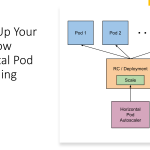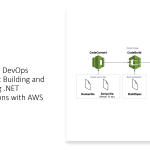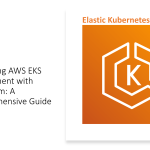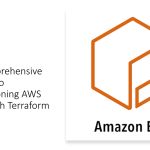Recent past, I had multiple discussions with many tech forums and many people have a misconception about IoT and Cloud. Some think whenever we do something like blinking an LED with Raspberry Pi or Arduino is IoT.
I just thought of sharing some of my viewpoints on these terminologies.
- Internet of Things(IoT) – refers to the connection of devices (other than the usual examples such as computers and smartphones) to the Internet. Cars, Home and Kitchen appliances, Industrial devices, and even heart monitors can all be connected through the IoT.
- Cloud Computing – often called simply “the cloud,” involves delivering data, applications, photos, videos, and more over the Internet to data centers.
We can break down cloud computing into six different categories:
- Software as a service (SaaS): Cloud-based applications run on computers off-site (or “in the cloud”). Other people or companies own and operate these devices, which connect to users’ computers, typically through a web browser.
- Platform as a service (PaaS): Here, the cloud houses everything necessary to build and deliver cloud-based applications. This removes the need to purchase and maintain hardware, software, hosting, and more.
- Infrastructure as a service (IaaS): IaaS provides companies with servers, storage, networking, and data centers on a per-use basis.
- Public Cloud: Companies own and operate these spaces and provide quick access to users over a public network.Example: Amazon AWS, Microsoft Azure etc.
- Private Cloud: Similar to a public cloud, except only one entity (user, organization, company, etc.) has access. Means the access to the cloud is secured and isolated, only organizational entities have access to this type of cloud resources. A private cloud is owned by a single organization. Private clouds enable an organization to use cloud computing technology as a means of centralizing access to IT resources by different parts, locations, or departments of the organization. When a private cloud exists as a controlled environment within Onpremise data centers.
- Hybrid Cloud: Takes the foundation of a private cloud but provides public cloud access. This combination would be established through a secure high-speed VPN tunnel over MPLS or other dedicated lines or extended connectivity gateways provided by the respective cloud vendor. In this mode, your on-premise applications can connect to cloud infrastructure and vice versa. This provides you the flexibility to host your missing critical information in on-premise itself, but also provides you the flexibility to utilize the cloud power, without compromising your organization’s critical data.
Role of Cloud in IoT
Cloud is simply an enabler for IoT. It provides necessary services and infrastructure for things to be interconnected and operate.
Cloud provides all the essential services to increases efficiency in implementing your IoT solutions, accumulate and operate on IoT data. Internet of things requires Cloud to work, I would better define it as Cloud and IoT are inseparable, but IoT is not all about Cloud.
For example, millions of devices connected in an IoT ecosystem would create millions of bytes of data, and you would need sufficient infrastructure to store and operate on these data to create a meaningful result out of it.
Cloud Service providers started realizing the need of providing IoT specific services to customers to quickly enable to create Fast to market solutions. That’s where Cloud and IoT converges. Microsoft has packages all IoT related components into Azure IoT and hence Amazon AWS IoT, similarly the remaining providers such as SAP Hana, IBM Cloud etc. This helps customers from picking necessary components and build their IoT ecosystem in Cloud, or utilize the predefined(SaaS) solutions for quick enablement.
What is the role of Raspberry Pi, Arduino and Dragon board then?
These are single board computer or hardware boards(CPUs) or Microcontroller boards that have sufficient hardware capacity to run a small/complex IoT program on an operating system of your choice.
These boards are typically equipped with your basic storage and computing needs for establishing an IoT device or edge capability. You can write a program of your choice to blink an LED based on your conditions, as they are equipped with digital/analog I/O ports. You can choose from wide variety of operating systems such as Raspebian, Windows 10IoT etc to install on these devices or deploy microcontroller programs depending on the capacity.
This means they are edge devices which you can program for your IoT use case. When deployed to the field together, they would create an IoT network.
Conclusion:
Enough said, IoT is not all about the cloud, but are inseparable in a modern world and whatever you are doing with RaspeberryPi, Arduino Uno etc may not be an IoT unless there are a specific IoT use cases you are not trying to solve using these devices.
Useful References:




